Riverboards are for everyone and every mood. People mainly go paddling into rivers and oceans for recreation as well as exercise. If you are a paddleboarding enthusiast or have the rush to dive in whitewater, you must know the importance of a perfect riverboard. Here’s a detailed guide on different riverboard types to help you find the right one for you.
Types of Riverboard
1. SUP Board
The stand up paddling board is a floating board that’s different from the traditional surfboard. These boards are longer and wider: that’s why it’s easy to balance on them. Paddlers use a simple paddle to drive the board in the water. These SUP boards are used for different purposes like racing, Whitewater surfing, flatwater paddling, fishing, yoga, and more.
They are usually 9-12 feet long. The size of the board depends upon your weight and height. Plus, it depends on the purpose for which you are buying the board. For instance, wider boards offer more stability and are equally effective for beginners and racers. On the other hand, narrower boards are the best option for surfers and premature paddlers because of the boards’ skillfulness.
Fins on the boards are responsible for their stability. SUP boards have many fin setups. There are boards with a single fin, twin fin, thruster fins, quad fins, and five fins.
a) All-round paddling
These paddling boards are great for almost all kinds of adventures. They are longer than the usual models. These coarse and wider boards are ideal to buy if you are just starting your venture in SUP boarding. They serve multiple purposes and will help you with all facets of the game.
These boards contain ample rocker and sidecut for a great surfing experience. Moreover, their width offers more stability with decent glide and flawless for flatwater paddling. Due to their versatility, these boards also have the option to mount windsurf.
b) Crossover Shapes
Crossover boards are basically for the flatwater day, but you can maneuver them to mild whitewash conditions too. These boards possess quite the features of all-around paddling; they can perform well in different paddling terrain. If you want to do well with the river’s mood swings, this one board can, without a doubt, prove miraculous.
These boards are usually 9-11 feet long and 32-34 inches wide with a fin system for whitewater. This moderate size will boost the padding and move around the obstacles easily. Apart from harsh whitewater, they can handle everything if well-crafted.
c) Inflatable Boards
Inflatable boards hold the layers of PVC plastic, and inside the board, there are woven fibers drop-stitched to create an air core. Its construction may fool us into thinking that they are exceptionally rigid when inflated. They are built to expand up to 12-15 pounds per square inch. Furthermore, they usually come with a pump and a storage bag where you can put them uninflated.
These inflatable ones are ideal for whitewash and withstand the hits against the rocks. They are a real space saver, and when uninflated, they can fit into the small apartments, or can even be carried on an airplane, train, bus, or car.
2. Solid SUP Boards
Solid SUP boards are famous for their speed and agility. These decks are assembled of fiberglass, foam, Kevlar, plastic, wood, but high-quality boards use epoxy-fiberglass. For better endurance, manufacturers laminate a fiberglass coating as well. However, due to these components, their prices are a little higher than others.
With these boards, you are always ready to go into the water. These boards are great to tackle with brutal wind and ragging water. Paddlers love to maneuver these boards because they are significantly faster and smoother. Therefore, they are ideal for doing tricks in the water.
- SUP board traction: Deck and tail Pads
There are different shapes of deck and tail pads available made of grippy and water-resistant foam. These pads will help with the feet grip and are usually attached to the shortboards. Deck pads are for the front foot traction and tail pads are for the back.
While you’re surfing and doing tricks, it’s crucial to put your feet in the right place. Failing to do so can cause serious injuries. You can attach the pads to those areas where you are supposed to put your feet.
3. Hydrospeed-Style
A Hydrospeed board is a whitewater swimming board. It’s usually made of polyethylene foam with closed cells. There are different types of hydrospeed boards: for example, Top, Eagle, Diver, Extreme, Big wave, special Descente, special Salom, Tandem, and others.
This board rests on your upper body while the lower body (wearing flippers) is under the water. The person onboard is usually immersed in the whitewater. The board will keep afloat and offer protection against the rocks and other obstructions.
Not everyone can handle it because one must have a solid handgrip to do. One needs such a grip that can handle the whitewater’s harsh splashes while you’re lost in them. Plus, it’s extremely necessary to be a good swimmer.
4. Dirtbag Riverboard
The dirtbag riverboard is quite similar to the hydrospeed. It’s also a whitewater paddling. These paddlers are the drifters and vagrant of the whitewater.
Conclusion
This is all you need to know about the variations of a riverboard. Hopefully, now you’ll be able to make the right decision according to your preferences and needs. So, what are you waiting for? Get your favorite riverboard and discover the beauty of the nature.

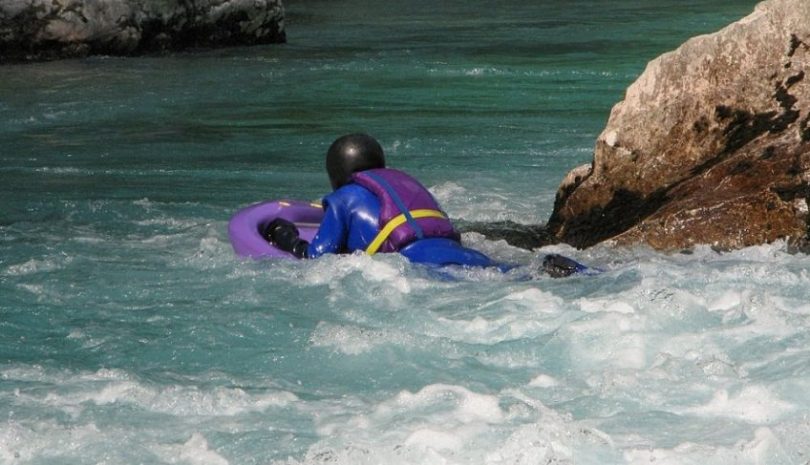
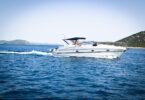

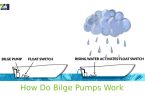
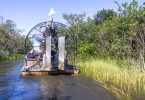
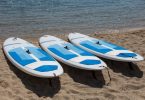

Leave a Comment